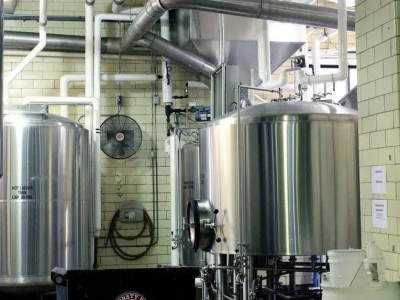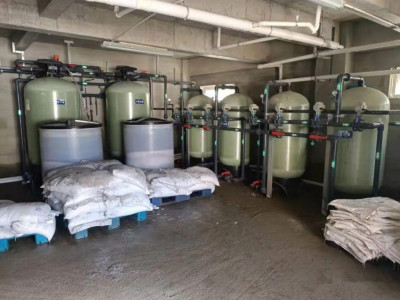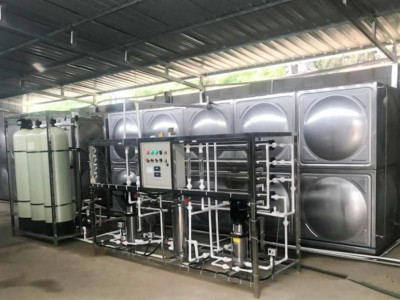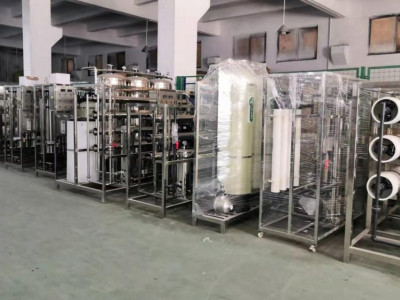In a brewery, the original coal-fired boiler with an evaporation capacity of 6 m3/h was used to soften the make-up water with an automatically controlled sodium ion exchanger. In order to adapt to the new national environmental protection policy, the original coal-fired boiler was eliminated and replaced by an electric heating boiler with the same evaporation capacity.
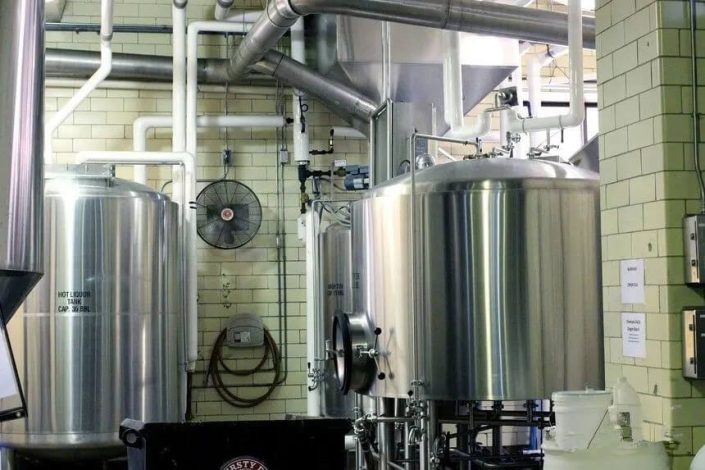
As the quality of feed water requirements for electric heating boilers has increased, the original water softening treatment equipment can no longer meet the boiler feed water requirements and needs to be updated and upgraded. For this reason, the make-up feed water is softened and then treated by secondary reverse osmosis.
The raw water used in the plant is municipal tap water, and the average measurement results of its water quality are pH 7.2, hardness 1.8mmol/L, and total alkalinity 0.9mmol/L. The output water hardness <0.03mmol/L, conductivity ≤5μS/cm, and water flow 10m3/h.
In order to prevent RO membrane pollution and prolong the service life of the membrane, a quartz sand filter is configured to remove suspended impurities and reduce turbidity, and an activated carbon filter to remove residual chlorine and organic matter.
The glass fiber reinforced plastic tank with a diameter of 1.5m and a height of 2.2m is equipped with two filters, which are filled with quartz sand and activated carbon respectively, and adopts Runxin automatic filter valve; the original automatic water softener is retained to reduce water hardness; the filtered and softened effluent enters the high-pressure pump after the security filter, and enters the desalination tank after being treated by the two-stage tandem RO device, and then is sent to the deaerator by the pump for boiler feed water.
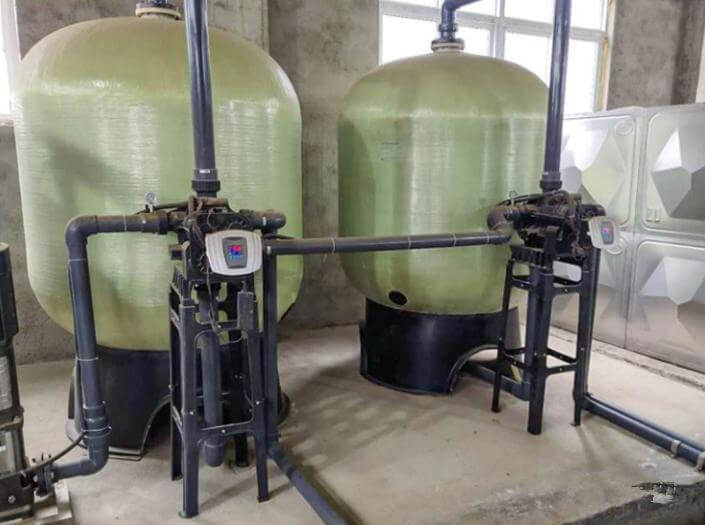
The system process flow is:
Municipal tap water → Raw water tank → Raw water pump → Multi-media filter → Activated carbon filter →Wwater softener → Security filter → Double pass reverses osmosis RO system → Desalination tank.
The system has been installed and put into use since early 2018 and has been running stably since then, with the produced water fully meeting the boiler water requirements and good automation control.
